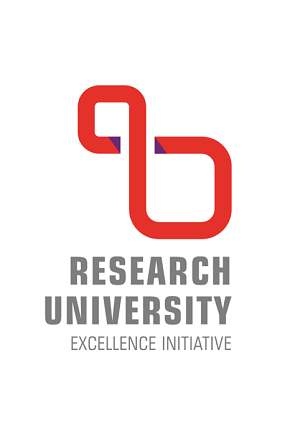The impact of simulated drought on changes in microbial biodiversity and soil biological activity.
| Title of the project | The impact of simulated drought on changes in microbial biodiversity and soil biological activity. |
| Primary and secondary scientific disciplines | Biology |
| PhD student | Kalisa Amarsingh Bogati |
| Faculty | Faculty of Biological and Veterinary Sciences |
| Supervisor | Prof. dr hab. Maciej Walczak |
| Co-supervisor | Prof. Boularbah Ali. |
| Description of the project | Drought is a complex natural hazard affecting the world agricultural production and is projected to worsen with anticipated climate change due to global warming. The ever-increasing demand placed upon agriculture to supply food is one of the major challenges of agrarian communities. Therefore, a concerted effort focussed on the soil biology and agroecosystem is the need of the time. Soil quality is pivotal to agricultural sustainability. For an ecosystem to flourish, maintaining the quality of the soil becomes a critical factor. All parts of our environment and communities are directly or indirectly affected by drought or related conditions. The impact of drought can be broadly classified into three categories, namely economic, environmental, and social. This chapter focuses on the environmental aspects of the droughts, which directly or indirectly affect the social and economic aspects. Agricultural activities in the calamity-prone semiarid tropics face a scarcity of resources and abiotic stresses as droughts aggravate the problems. Thus, the agricultural systems need to be managed in such a way so that they are more resilient to the impacts of drought. The main goal of the project is to assess, under controlled conditions, whether a long period of severe drought can affect the structure, size and activity of the microbial community of agriculture soils, as well as the influence of organic amendments on these effects |


 ul. Bojarskiego 1, 87-100 Toruń
ul. Bojarskiego 1, 87-100 Toruń